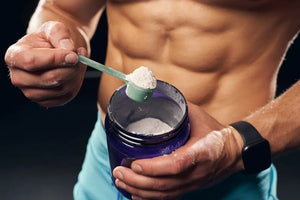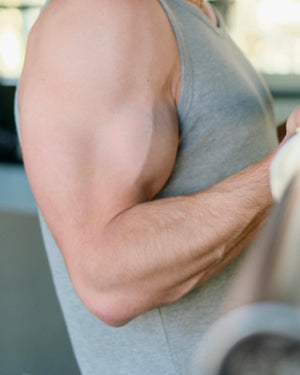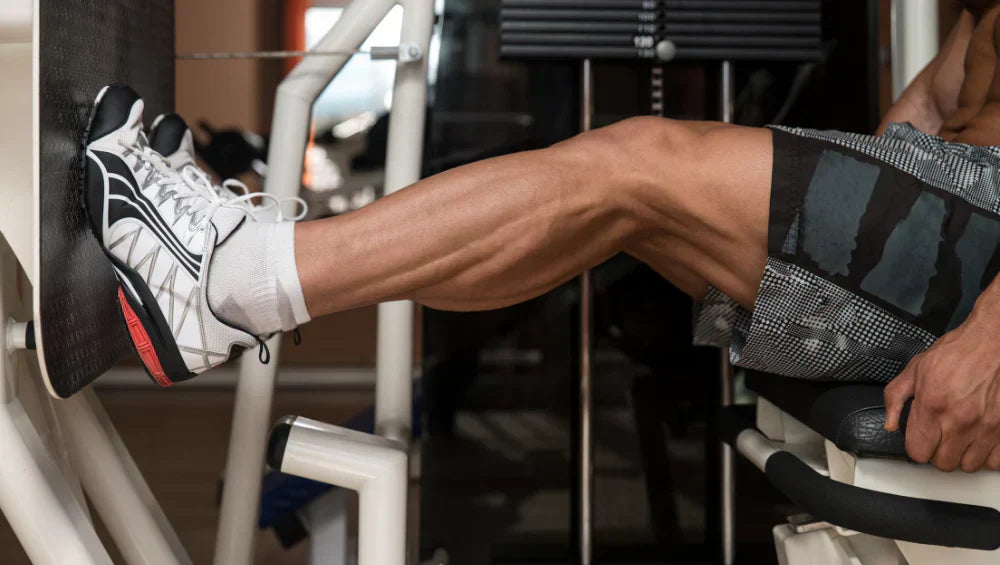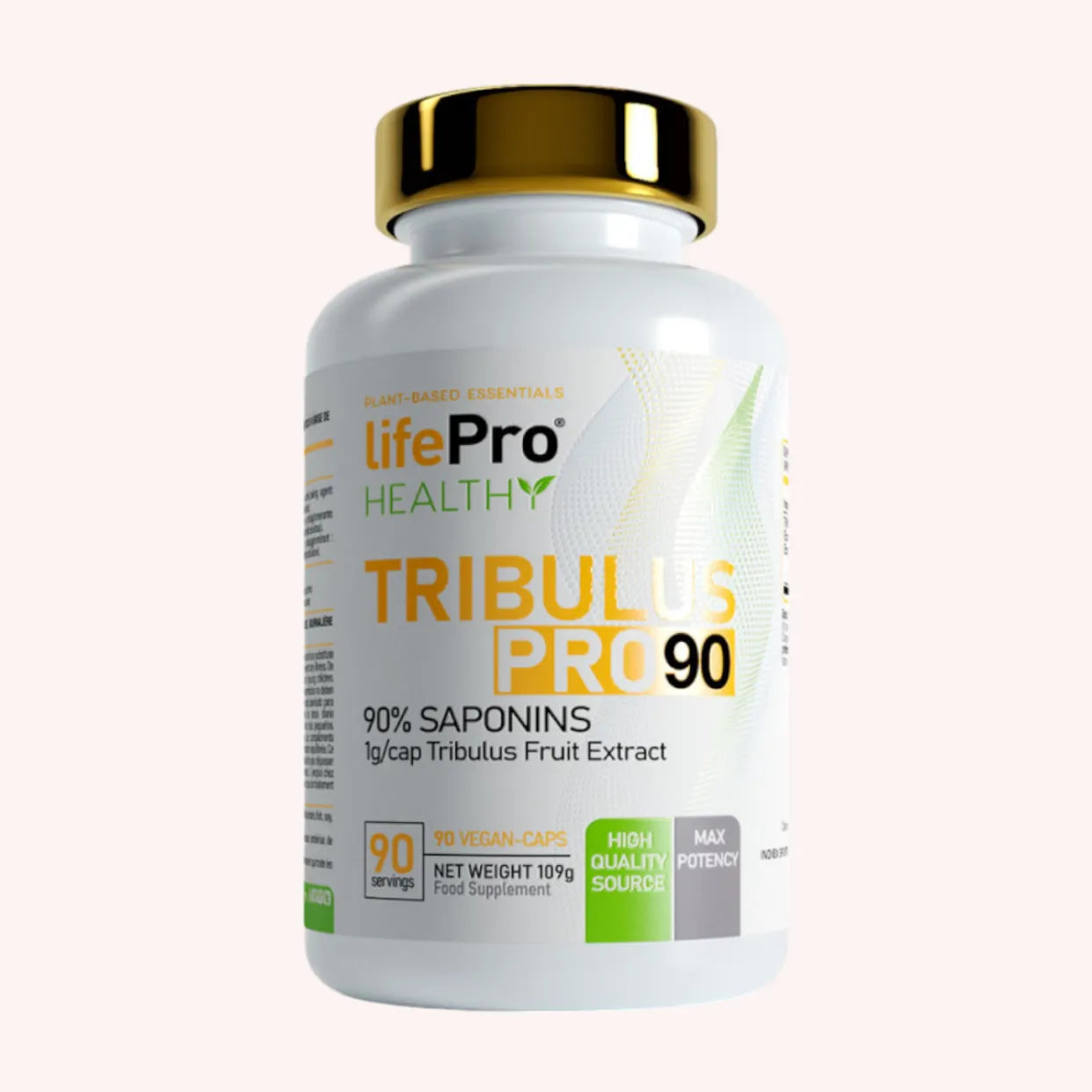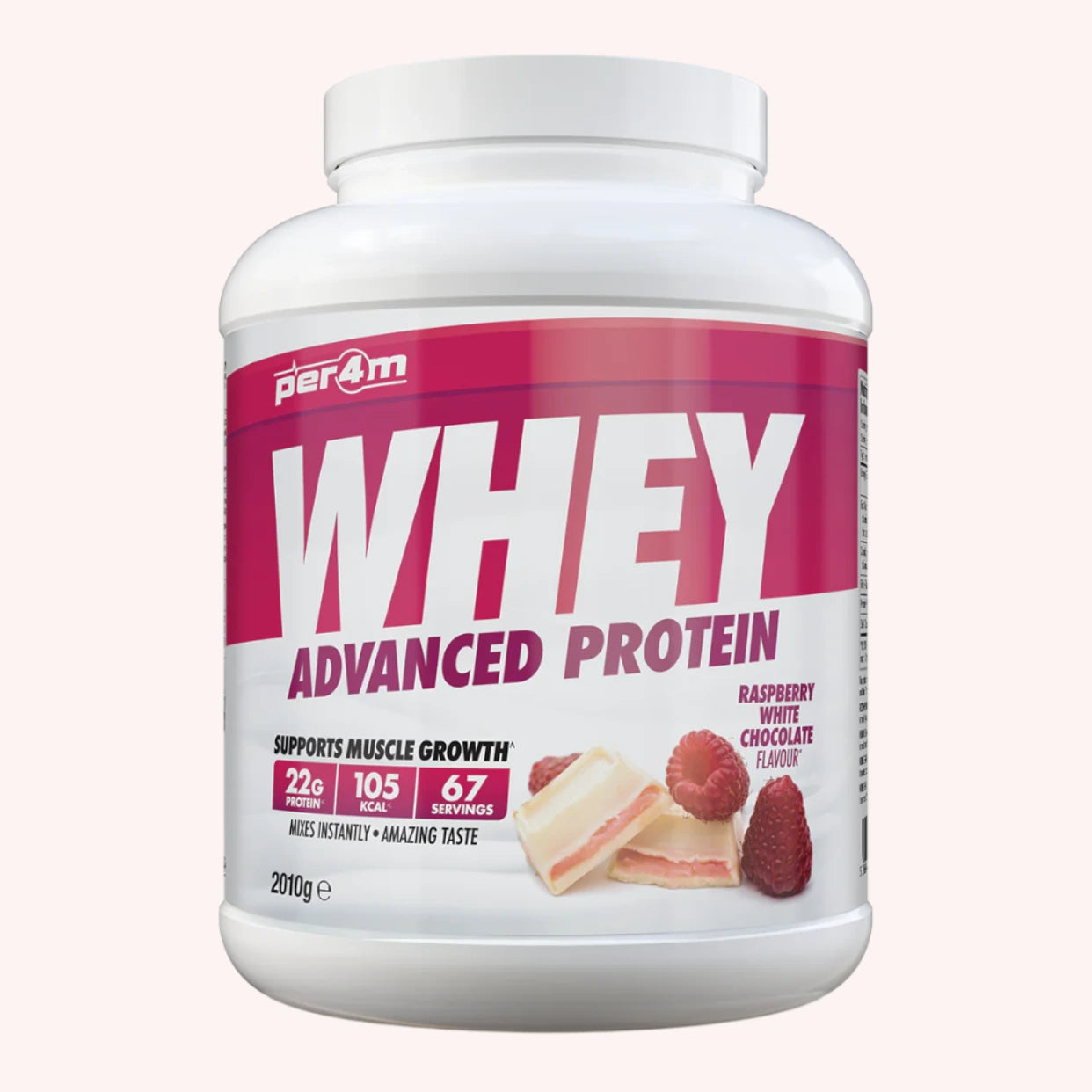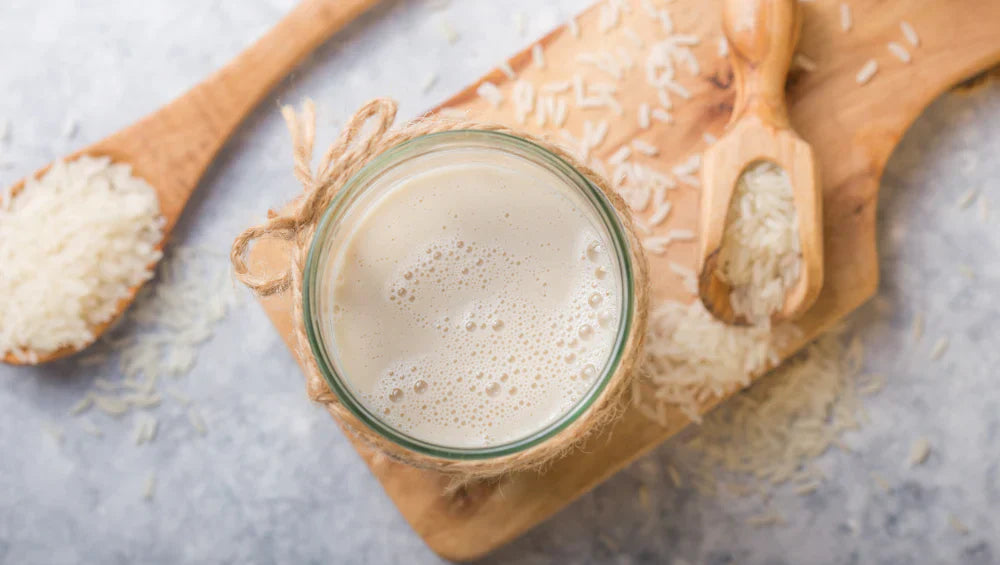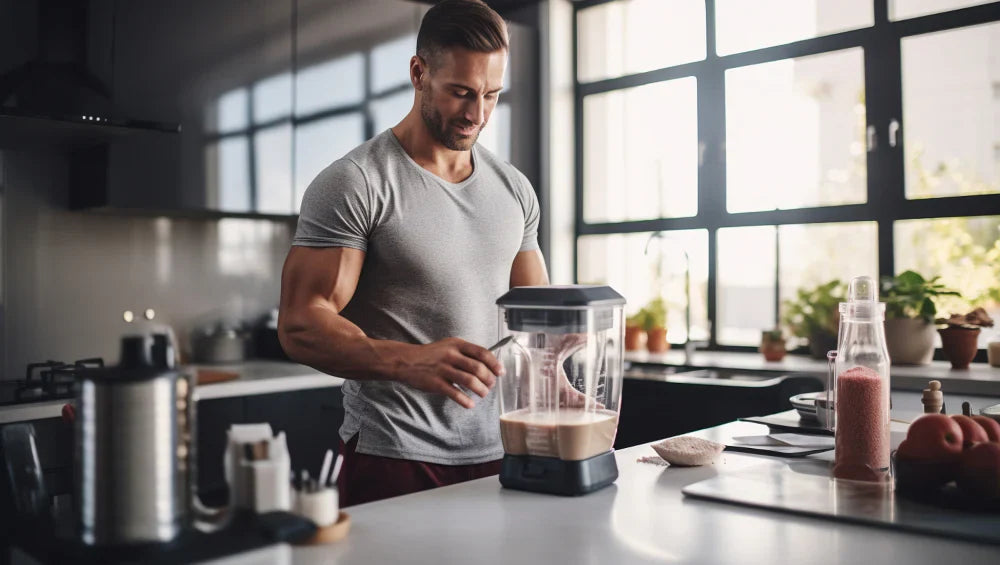Calf strength training is an essential step in any workout program, yet it's often overlooked by many athletes. However, strong calves are essential not only for improving your athletic performance, but also for maintaining a balanced body and preventing injuries.
Whether you are a beginner or an expert in bodybuilding, this article offers you exercises and advice adapted to strengthen this muscle area.
What is calf training?
The calves (triceps surae) are made up of two main muscles: the gastrocnemius and the soleus . Together, these muscles play a vital role in flexing the foot, balancing the body, and propelling the body during movements such as walking, running, or jumping. Working this area can not only improve your athletic performance, but also help prevent pain and injuries, especially those related to the Achilles tendons.
Why build up your calves?
Injury prevention
One of the main benefits of working out the triceps surae is injury prevention . The calves, and more specifically the Achilles tendon, are often the first victims of sprains, tendonitis, or muscle strains when they are not sufficiently strengthened. Proper exercises can help develop the strength and flexibility of this area, which helps reduce the risk of injury.
The impact of calves on your athletic performance
Calves play an important role in physical performance, especially in disciplines like weightlifting, CrossFit , running, jumping, and even cycling. Strong calves are essential for good ground support and better propulsion. Many elite athletes, whether sprinters or endurance athletes, emphasize the importance of specific training for these muscles.
Body aesthetics and symmetry
Another often overlooked aspect is aesthetics. Well-developed calves help achieve a more harmonious silhouette, with more muscular and balanced legs. Calf training helps prevent an imbalance between the upper and lower body, often caused by over-focusing on other muscle groups, such as the quadriceps.
The Anatomy of the Calves: Understanding to Build Muscle Better
To optimally work the triceps surae, it's important to understand its anatomy and function. The calves are primarily composed of two muscles: the gastrocnemius and the soleus. Each of these muscles plays a distinct role, and their use varies depending on the movements performed.
- The gastrocnemius: This is the visible muscle of the calf, the one that gives it its rounded shape and definition. It is mainly activated during explosive and powerful movements, such as jumping or fast running. The gastrocnemius is a muscle that is involved in brief and intense efforts.
- Soleus: Located deeper under the gastrocnemius, the soleus is used during endurance movements, such as walking or long-distance running. This muscle is more involved in activities involving sustained and moderate exertion, and it plays a key role in maintaining the body's balance while standing.
Activation of these two muscles can be optimized by varying training angles and foot position. For example, by changing the angle of inclination of the feet (feet parallel, feet apart), you can target different areas of the calf, particularly the upper part (gastrocnemius) or the lower part (soleus). This variation not only improves muscle balance but also increases the effectiveness of your training.
So, to effectively build your calves, it is important to incorporate exercises that work both the gastrocnemius and the soleus, alternating positions and ranges of motion.
The best exercises for calf muscles
Exercises without equipment
It's entirely possible to build muscle in the back of your leg without any special equipment. These exercises are ideal if you're working out at home or are a beginner.
- Standing Calf Raise: Stand straight with your feet parallel and toes slightly apart. Raise onto your tiptoes, then slowly lower back down. You can perform this exercise on a step to further stretch your calves.
- Seated Calf Raise: This exercise targets the soleus muscles more. Sit on a chair with your feet flat on the floor and raise your heels, contracting your calves.
- Jumping Rope: Jumping rope is a great way to engage your calves while improving your coordination and cardiovascular endurance. By performing rapid, repeated jumps, you dynamically engage your calf muscles.
Exercises with equipment
Training your calves in the gym is a great way to maximize their development, especially when combining bodyweight exercises with specific equipment. Machines and other gym equipment allow you to increase workout intensity, vary your workout angles, and target your calves more precisely. Here are some effective exercises you can incorporate into your routine to stimulate calf growth and strength.
- Calf Press: The calf press is one of the most popular exercises for strengthening the calves in the weight room. It is performed on the leg press , but with a setting that allows you to focus solely on the calves. This exercise primarily works the gastrocnemius (the visible part of the calf), especially when you perform the movement with your heels suspended in mid-air. The calf press is ideal for working with heavy weights and for developing both calf strength and hypertrophy .
- Machine calf raises (standing calf raises): Machine calf raises are also a great way to work the calves in a targeted manner, with optimal control over technique and load. This exercise is performed with a standing calf raise machine , which allows you to perform plantar flexions while standing, which is particularly beneficial for engaging the gastrocnemius . This exercise can be performed with heavy loads and allows you to concentrate the effort on the calves while maintaining good stability.
- Seated Calf Raises: The seated calf raise is a variation that focuses on the soleus , a deeper muscle located below the gastrocnemius. This allows for a more balanced workout of all the calf muscles. The soleus is particularly stressed during movements performed with slightly bent knees, which is precisely the case in this exercise.
Calf Muscle Building Program
An effective calf workout should incorporate a variety of exercises to target all aspects of the muscle. It's important to allow plenty of time to warm up before starting and to rest between sets to maximize muscle gains.
Whether you're at the gym or at home, there are programs tailored to every situation. You can incorporate calf training at the end of your leg or upper body workout, depending on your preferences and schedule.
Calf Training Program at Home
Warm-up: Start with a 5- to 10-minute warm-up, such as brisk walking or jumping jacks, to activate your muscles and prepare your body for exercise.
-
Standing Calf Raise on One Leg
- Set: 3 sets of 12 to 15 repetitions per leg
- Rest: 30 to 45 seconds between sets
- Standing on one foot (you can hold onto a support if necessary), perform a heel raise by rising onto your tiptoes.
- To increase the difficulty, you can do this exercise on a step or a curb to allow for a better stretch of the calves on the way down.
-
Calf Raises with Feet Wide
- Set: 3 sets of 15 to 20 repetitions
- Rest: 30 seconds
- This exercise works your calves differently by changing the angle of attack. Place your feet wider than hip-width apart and slowly rise onto your tiptoes, controlling the descent.
-
Jumping jacks with calf raises
- Set: 4 sets of 10 to 12 repetitions
- Rest: 45 seconds
- Perform jumps in place, rising onto your tiptoes with each jump.
Calf Training Program in the Gym
Warm-up: 5 to 10 minutes on a bike to activate your muscles. Then do a few light sets to prepare your muscles for the more intense workout.
-
Calf Press
- Set: 3 sets of 12 to 15 repetitions
- Rest: 60 to 90 seconds
- Use the leg press to do calf raises . Place your feet on the platform with your heels hanging off the platform.
-
Machine calf raises (standing or seated)
- Set: 4 sets of 10 to 12 repetitions
- Rest: 60 to 90 seconds
- Perform plantar flexions with the machine, adjusting your foot position to target different parts of the calf. You can alternate between standing and seated calf raises to engage both the gastrocnemius and soleus .
-
Extension jumps (box jumps or jumps on the spot)
- Set: 3 sets of 8 to 10 repetitions
- Rest: 90 seconds
- This plyometric movement engages the calves in an explosive effort, perfect for improving power and agility. If you're a beginner, you can start with jumping jacks before introducing box jumps.
End of Session: Finish with stretches to improve flexibility and prevent injury. You can also add a massage or use a foam roller to promote recovery.
Frequency and progression: How to maximize results?
Since calves are often undertrained muscles, it's important to adapt your training program as you progress.
Training frequency
It is recommended to work this muscle group 2 to 3 times a week for lasting results. Their training frequency can be higher compared to other muscles, as calves are endurance muscles, used daily in activities such as walking and running.
Progress
By gradually increasing the resistance (weight, range of motion), you will force your calves to adapt and develop. You can also vary the intensity of your workout by changing the speed of your exercises or introducing techniques like time under tension.
Tips to avoid common mistakes
- Don't neglect stretching: After each session, take the time to properly stretch your calves to improve flexibility, promote blood circulation, and prevent injuries. Regular stretching also helps maintain muscle elasticity and optimize recovery.
- Avoid rapid movements: When performing calf raises, be careful not to do them too quickly. Rapid movements decrease muscle activation and increase the risk of injury. Focus on a controlled movement, ascending slowly and lowering carefully to maximize muscle engagement.
- Vary your exercises and training angles: To fully engage all of the triceps surae muscles, it's essential to regularly vary your exercises and angles of attack. Alternate between standing, seated, and machine calf raises, alternating your foot position (parallel, apart, or turned out) to work both the gastrocnemius and soleus muscles. This promotes harmonious and balanced muscle development.
These adjustments to your training routine will help maximize the effectiveness of your sessions and reduce the risk of injury.
Calf stretches
Calf stretches are essential after workouts to prevent injury, improve flexibility, and promote muscle recovery.
Why stretch this muscle group?
Stretching helps release muscle tension, improve flexibility and circulation, and prevent injuries. Proper stretching also aids recovery after intense exercise.
Best Calf Stretches:
- Basic wall stretch: Place one leg behind you, heel on the floor, and lean toward the wall to stretch your gastrocnemius.
- Bent Leg Stretch: Targeting the soleus, slightly bend the knee of the back leg while keeping the heel on the floor.
- Dynamic Stretch: Walk on your heels for 1-2 minutes to loosen the back of your moving legs.
- Strength training accessories : Use a band to pull your toes toward you while keeping your legs straight, or use a massage ball to promote recovery.
These stretches, incorporated at the end of your sessions, are important for maintaining the health of your calves, improving flexibility and reducing the risk of injury.
Conclusion: Strong calves for better performance
Calf training is an essential component of any strength-building routine. Not only does it improve performance in sports like running or weightlifting, but it also helps prevent injuries, strengthens leg muscle balance, and provides aesthetic benefits.
By following guidelines tailored to your fitness level and incorporating targeted exercises into your training program, you can gradually achieve noticeable results. Remember, the key lies in consistent progression, proper execution, and careful attention to recovery.
Sources:
- Kassiano W, Costa B, Kunevaliki G, Soares D, Zacarias G, Manske I, Takaki Y, Ruggiero M, Stavinski N, Francsuel J, Tricoli I, Carneiro MA, Cyrino ES. Greater Gastrocnemius Muscle Hypertrophy After Partial Range of Motion Training Performed at Long Muscle Lengths. J Strength Cond Res. 2023. DOI: https://journals.lww.com/nsca-jscr/fulltext/2023/09000/greater_gastrocnemius_muscle_hypertrophy_after.3.aspx


